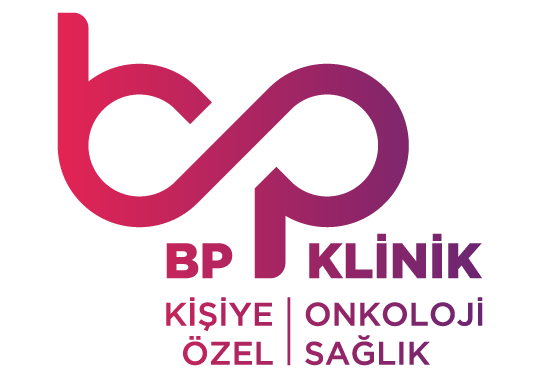Physical Activity
Physical activities are actions that cause muscles to move and expend more energy. Physical activity helps maintain weight, lowers the levels of fat-storing hormones like insulin, and strengthens the immune system. While early studies suggested that exercise was beneficial for breast, colon, and uterine cancers, recent findings indicate that physical activity is effective against 13 types of cancer. Regular exercise can reduce the risk of esophageal, liver, stomach, kidney, leukemia, head and neck cancers, as well as bladder, lung, myeloma, and blood cancers.
How does physical activity reduce cancer risk?
- It lowers levels of insulin, estrogen, and other growth factors, reducing the risk of breast and colon cancers.
- It helps prevent obesity, which in turn prevents the negative effects of insulin resistance and other impacts of obesity on the body.
- It reduces general inflammation, known as systemic inflammation, which plays a role in many diseases.
- It strengthens the immune system.
- It speeds up the passage of food through the stomach and intestines, reducing the contact of potential carcinogens with these organs.
Sedentary behavior, such as prolonged periods of watching TV, sitting, or lying down, has been linked to an increased cancer risk. The American Cancer Society recommends 150 minutes of moderate exercise or 75 minutes of vigorous exercise per week, or a combination of both. This can be achieved by simply walking for 30 minutes during lunch breaks. For children and adolescents, at least one hour of moderate or vigorous physical activity is recommended daily, with at least three days of vigorous activity each week. Additionally, muscle-strengthening exercises should be performed at least three times a week, along with exercises that strengthen bones.

